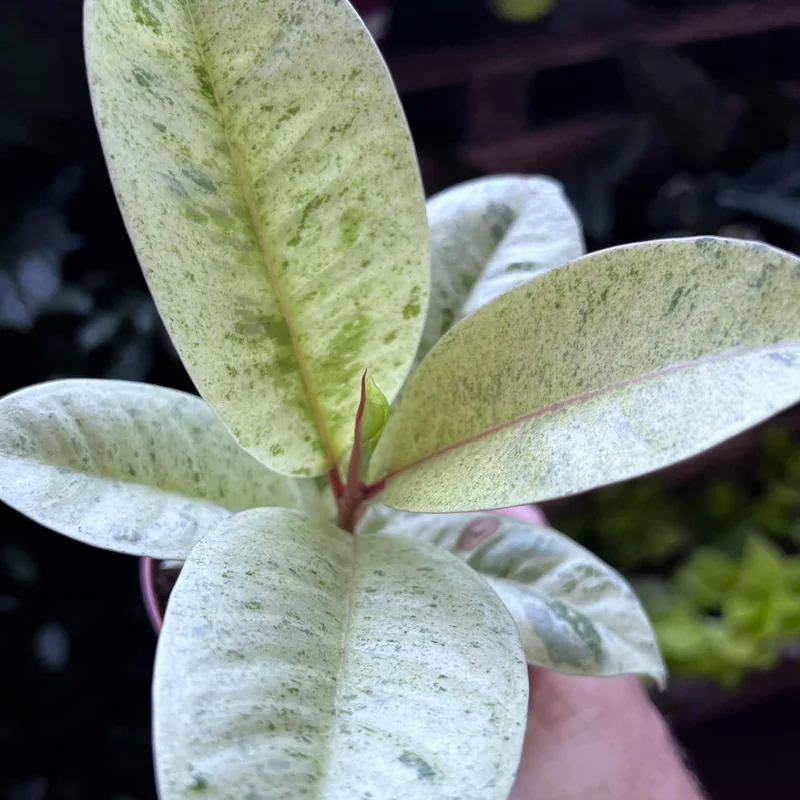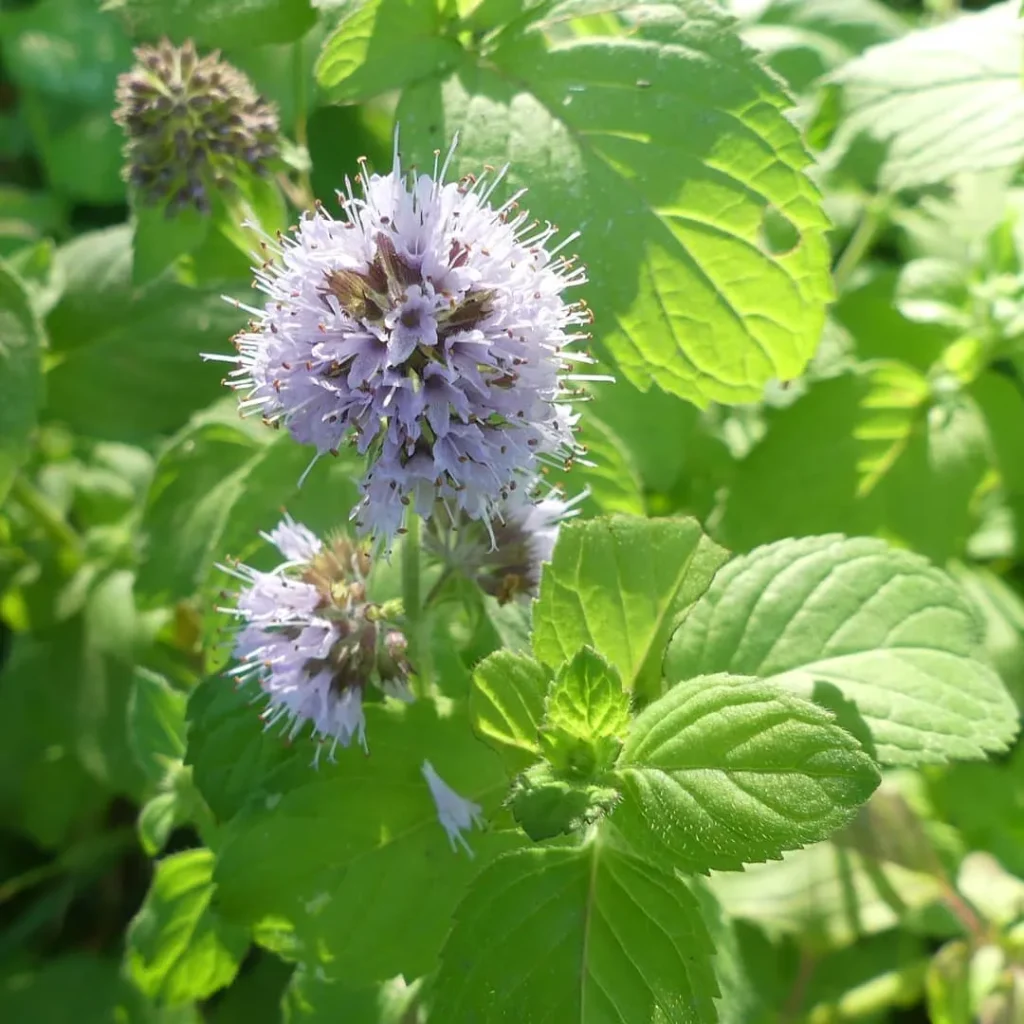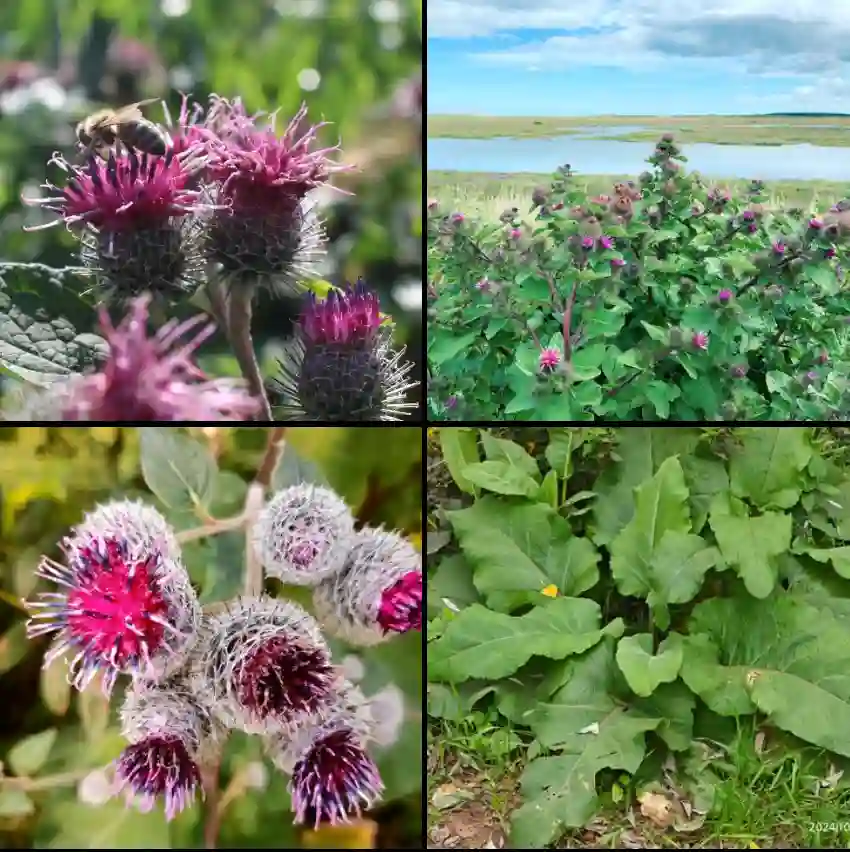The Curious Case of the Marcgravia: A Personal Exploration
My name is Ferb Vu, and I’ve always been fascinated by the intricate world of plants. Their diversity, their resilience, and their sheer beauty never cease to amaze me. Lately, I’ve become particularly interested in a genus of neotropical vines called Marcgravia, belong to the family Argophyllaceae. These plants, native to the Caribbean Islands, Central and South America, are truly unique, exhibiting a fascinating array of adaptations and relationships with their environment.
A World of Diversity: Marcgravia Species
The first thing that struck me about Marcgravia is the sheer number of species it encompasses. There are over 60 recognized species within this genus, each with its own distinct characteristics and ecological niche:
- Marcgravia atropunctata de Roon
- Marcgravia brachysepala Urb.
- Marcgravia brownei (Triana & Planch.) Krug & Urb.
- Marcgravia caudata Triana & Planch.
- Marcgravia comosa C.Presl
- Marcgravia coriacea Vahl
- Marcgravia crassicostata Gilg
- Marcgravia crassiflora Sleumer
- Marcgravia crenata Poepp. ex Wittm.
- Marcgravia domingensis Urb.
- Marcgravia dressleri Gir.-Cañas
- Marcgravia eichleriana Wittm.
- Marcgravia elegans Krug & Urb.
- Marcgravia evenia Krug & Urb.
- Marcgravia flagellaris (Poepp. ex Wittm.) Gilg & Werderm.
- Marcgravia fosbergiana Ewan
- Marcgravia gentlei Lundell
- Marcgravia glandulosomarginata Hammel
- Marcgravia goudotiana (Triana & Planch.) de Roon
- Marcgravia grandifolia Sleumer
- Marcgravia hartii Krug & Urb.
- Marcgravia helverseniana S.Dressler & Tschapka
- Marcgravia lineolata Krug & Urb.
- Marcgravia longifolia J.F.Macbr.
- Marcgravia macroscypha Gilg & Werderm.
- Marcgravia magnibracteata Lanj. & Heerdt
- Marcgravia maguirei de Roon
- Marcgravia mexicana Gilg
- Marcgravia myriostigma Triana & Planch.
- Marcgravia nepenthoides Seem.
- Marcgravia nervosa Triana & Planch.
- Marcgravia neurophylla Gilg
- Marcgravia nubicola de Roon
- Marcgravia oblongifolia Pav. ex Wittm.
- Marcgravia oligandra C.Wright ex Griseb.
- Marcgravia panamensis S.Dressler
- Marcgravia patellulifera de Roon
- Marcgravia pedunculosa Triana & Planch.
- Marcgravia pittieri Gilg
- Marcgravia polyadenia Sleumer
- Marcgravia polyantha Delponte
- Marcgravia punctifolia S.Dressler
- Marcgravia purpurea I.W.Bailey
- Marcgravia rectiflora Triana & Planch.
- Marcgravia roonii S.Dressler
- Marcgravia rubra Alain
- Marcgravia schippii Standl.
- Marcgravia serrae de Roon
- Marcgravia sintenisii Urb.
- Marcgravia sororopaniana Steyerm.
- Marcgravia sprucei (Wittm.) Gilg
- Marcgravia stonei Utley
- Marcgravia subcaudata Gilg & Werderm.
- Marcgravia tobagensis Urb.
- Marcgravia trianae Baill.
- Marcgravia trinitatis C.Presl
- Marcgravia umbellata L.
- Marcgravia waferi Standl.
- Marcgravia weberbaueri Gilg
- Marcgravia williamsii J.F.Macbr.
- Marcgravia yukunarum P.Picca & Gir.-Cañas
- Marcgravia zonopunctata S.Dressler
Unique Adaptations: A Closer Look
What truly sets Marcgravia apart is its unique set of adaptations, particularly its specialized leaves and pollination strategies. Many species of Marcgravia have evolved modified leaves known as “pitcher leaves” or “sac-shaped leaves.” These leaves are typically located at the base of the inflorescence and serve a very specific purpose: they collect rainwater and debris, creating a nutrient-rich microenvironment that supports a diverse community of microorganisms.
But the intrigue doesn’t stop there. These pitcher leaves also play a crucial role in the plant’s pollination strategy. They often attract ants, which take up residence in the leaf pouches. These ants, in turn, defend the plant against herbivores, protecting the flowers and ensuring successful pollination.
The pollination strategies themselves are equally fascinating. Marcgravia species have evolved to attract a variety of pollinators, including bats, hummingbirds, and even opossums. To entice these creatures, the plants produce copious amounts of nectar in their uniquely shaped bracts. These bracts often exhibit vibrant colors and intricate structures, serving as beacons to attract potential pollinators.
One particularly interesting example is the relationship between Marcgravia evenia and the nectar-feeding bat, Glossophaga commissarisi. The plant’s pitcher-shaped bracts are perfectly adapted to the bat’s echolocation calls, allowing it to easily locate the nectar-rich flowers. This mutually beneficial relationship highlights the intricate connections within the neotropical ecosystem.
The Importance of Conservation
As I delve deeper into the world of Marcgravia, I’m increasingly aware of the importance of conservation efforts. Many species within this genus are threatened by habitat loss and degradation due to deforestation and human encroachment. It’s crucial that we protect these unique plants and the ecosystems they inhabit. By understanding their complex relationships with other organisms and their role in the environment, we can work towards ensuring their survival for future generations.
A Continuing Journey
My exploration of Marcgravia is far from over. I’m eager to learn more about these fascinating plants, their intricate adaptations, and their ecological significance. I believe that by sharing my passion and knowledge, I can inspire others to appreciate the wonders of the natural world and join the effort to protect its biodiversity. The journey of discovery is an ongoing process, and I’m excited to see where it leads me next.
If i die, water my plants!



